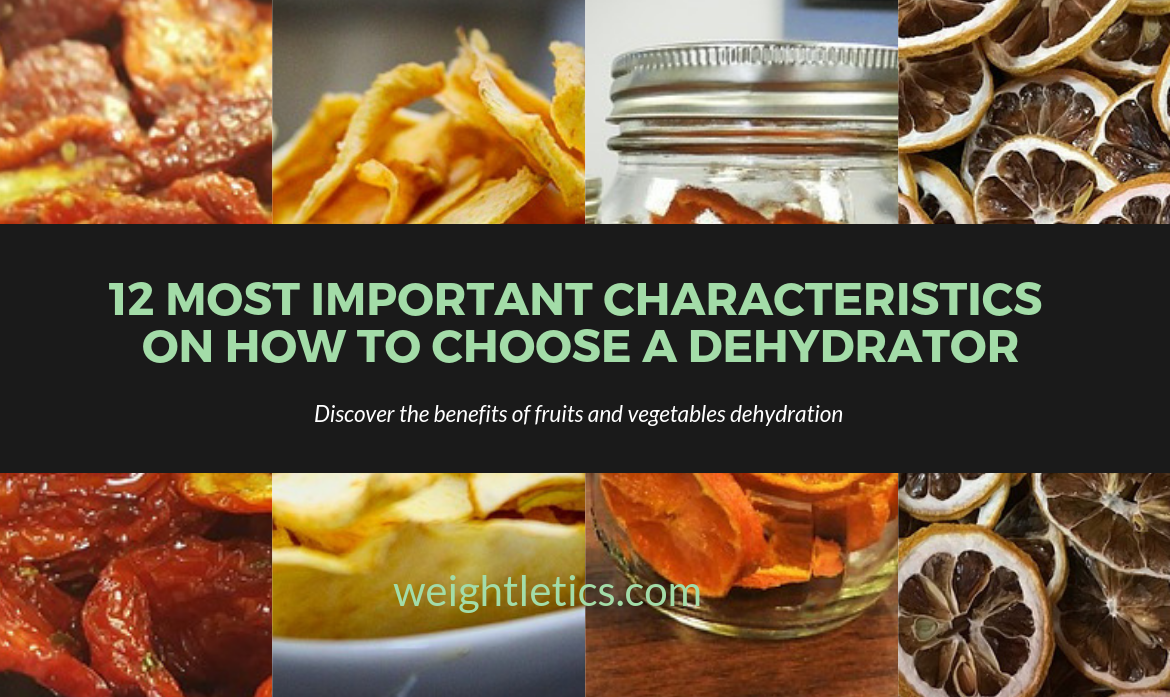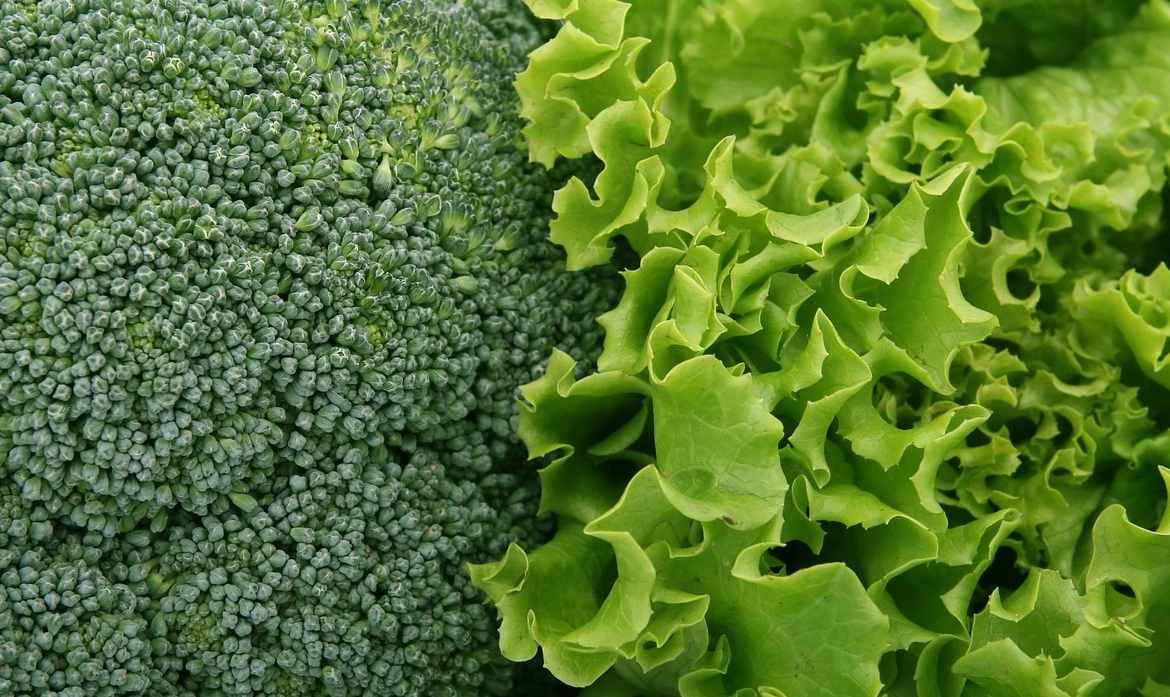As you probably know by now, I eat a plant-based diet, and my recipes are based on vegetables and fruits. During spring, summer and autumn it’s easy to find fresh fruits and vegetables, but what do you do during the winter? I’ll tell you what I personally do. The fruits and vegetables can be stored for a more extended period if you use a dehydrator, but do you know how to choose a dehydrator? Let’s find out together how it works and how to select the best one.
Table of Contents
1. A bit of history
2. The benefits of food dehydration
3. How it works a dehydrator?
4. Characteristics
5. Conclusion
A Bit Of History
In the past, when there was no known method on how to store fruits and vegetables, the only solution was to dry them on the sunlight. It’s not a bad idea in fact. It is healthy and no harmful for your body, I personally do it during the summer. But, what do you do if it’s a rainy summer or you live in a colder climate? Thanks to the new technology, you can use a dehydrator. This is an excellent investment in your kitchen, and you can find good models at a decent price.
The Benefits of Food Dehydration
– The flavors intensify by removing moisture, so often you get a more tasty meal. Consistency also changes, so you will have more to chew than fresh fruit or vegetable
– Dehydration keeps nutrients (vitamins and minerals) in fruits and vegetables
– The fruits and vegetables should be washed, cleaned, cut into thin slices, then left to dry in the dehydrator. Some foods should be rehydrated in water before they are eaten, an example being mushrooms
– You do not have to add salt, sugar, etc. to keep the fruits and vegetables, as usual, is done with the canned food
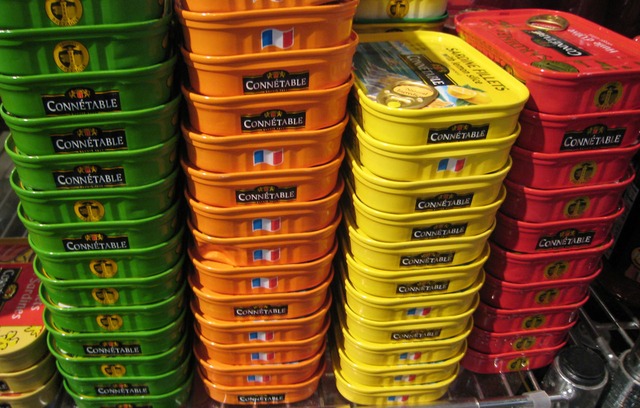
– Fruits and vegetables are kept longer without refrigeration. Even the meat can be dried without any problems. Usually, you should be able to keep dehydrated foods for at least one year if you store them in a place away from the sun and in a cool place
– You can enjoy seasonal fruits and vegetables grown locally, long after they were harvested and in the seasons when you do not have access to fresh food
How It Works A Dehydrator?
The process of dehydration of food involves a higher temperature than the environment and a low humidity level. This is achieved by the dehydrator through an electric heater that heats the place where the various foods are placed on overlapped trays. Often an airflow is forced through the use of a fan or the air is eliminated merely naturally by convection through the ventilation slots on the appliance cover.
There are two known types of dehydrators, based on the airflow: vertical airflow dehydrator and horizontal airflow dehydrator. You may ask if there is any difference, let’s see together.
The vertical airflow dehydrator
It has a cylindrical shape, and it uses overlapping trays, with the heat source located at the bottom. The warm air is rising naturally through the holes of the trays or forced by a fan. The main advantage of this type is that it occupies less space on the kitchen counter, but also has the disadvantage that you must lift all the trays to access the lower ones in order to rotate regularly so that the drying is uniform. Otherwise, lower trays closer to the heat source will dry the ingredients faster.
The horizontal airflow dehydrator
As with the vertical airflow dehydrator, the horizontal one uses overlapping trays, they are individually accessible, similar to a regular oven. The heat source is located behind the appliance, where there is also a fan to force a faster flow of air. Hot air removal is done through the front or through holes located at the top of the appliance.
Because the horizontal airflow type is more homogeneous, you do not have to turn food trays at regular intervals. These models are more expensive and take up more space, but are more suitable for drying a high volume of ingredients.
When I first started to dry the fruits and vegetables, I used the sun warmth during the summer, and I still do it. During the colder months, I used the oven with the door a bit open. Nowadays, I use a horizontal airflow dehydrator.
The Most Important Characteristics of A Dehydrator
The Capacity (number of trays) – avoid looking at the volume of the drying chamber because it is not a real indicator of internal capacity. Why? Because sliced ingredients should be placed in a distance from each other in the special trays with holes to facilitate air flow passage. You possibly cannot cram the food, so look at the number of trays that can be installed. An important note, the trays must be detachable, so you can also get bigger food sliced when needed.
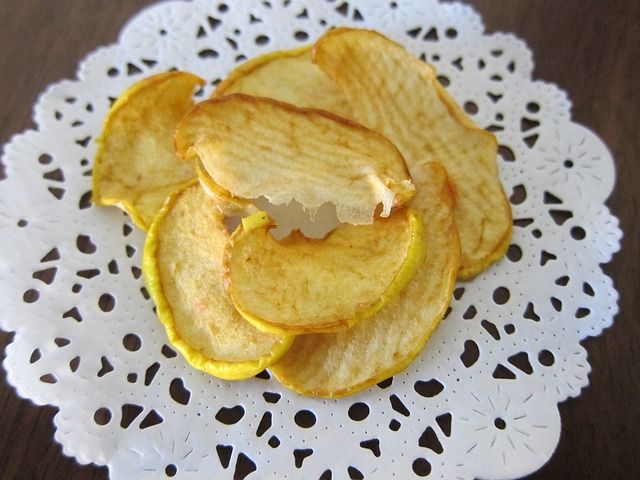
Temperature adjustment – too low temperature means a long drying time, one too high can result in baking ingredients. Besides, each food has another optimal dehydrating temperature, so look for a device with a more generous range.
The dehydrator has a thermostat that can be set below 40 °C, which is necessary to preserve nutrients and enzymes from the raw food.
The type of food that can be dehydrated – most dehydrators can be used for vegetables and fruits, but some models have modes of operation capable of drying herbs, greens, meat, fresh spices, and seeds.
The fan for air recirculation – Not many people will appreciate a home appliance that is continuously buzzing for up to 48 hours, so you would probably think twice when purchasing one. The fan can significantly accelerate the dehydration process by forcing the airflow and homogenizing the temperature between the ingredient trays. Before purchasing, check the maximum noise level specified by the manufacturer.
The thermostat – is the most important control button of a dehydrator, in addition to the start/stop button, to allow setting the temperature at which the food will be dried. It is preferable to have a digital thermostat, not a simple graduated one, which is less precise.
Timer – is another important option, allowing you to set a time interval after which the appliance is tun off automatically to prevent total drying of the ingredients. Setting the time interval must be done according to the ingredients you dry at a time.
Liquid collection tray – For the few cases where ingredients flow out of juice at the beginning of the dehydration process, you will appreciate a tray or a container so that you do not have to clean the inside of the dehydrator after each use.
Drying time book – I’m sure you can find the time intervals for drying the various ingredients on the Internet, but the simplest is to guide you through the manual provided by the manufacturer that takes into account the particular features of the appliance.
RAW mode – for raw vegan preparations, a certain temperature must not be exceeded, in order not to cook the food. Usually, that value is 48 degrees, so a RAW switch will prove to be really helpful for those who embrace raw food diets.
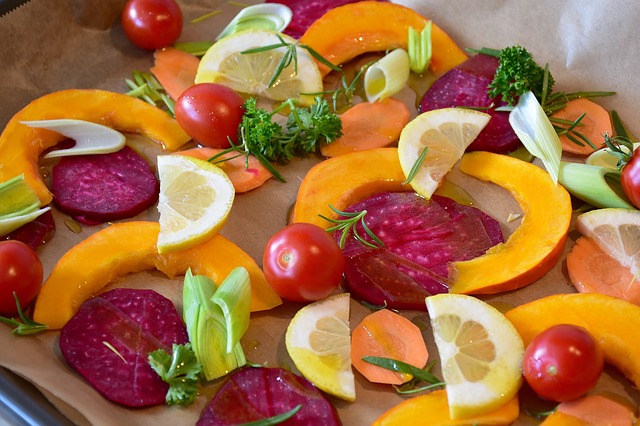
Overheat protection – even if we are talking about hundreds of watts of power, any protection measure is welcome when dealing with electronic devices that will work for many hours in a row. Overheat protection that automatically stops the power supply in case of danger is the simplest and most effective safety measure.
Dishwasher washing – any cooking appliance should be cleaned after each use without exceptions, but why not enjoy detachable items that can be quickly washed in the dishwasher. Fortunately, many manufacturers offer such a feature for ingredients trays made from materials compatible with an automatic dishwasher.
Dimensions – Last but not least, you need to be careful about the size of a dehumidifier, and the kitchen space is always limited. Unfortunately, even small ones do not have too much drying capacity, so you will still have to make compromises between the outside dimensions and the food preparation capacity.
Conclusion
I hope you learned about how a dehydrator works and the benefits of food dehydration. There are two types of dehydrators, the vertical and the horizontal airflow. Before buying a dehydrator keep in mind the characteristics capacity, temperature adjustment, timer, thermostat, fan noise, the tray to collect the liquid, drying time, overheat protection and dimensions. With this list in your hands, you are more than prepared to choose a good dehydrator.
If you are using one, I would like to know about your model, pros, and cons. If you never used one, let me know which model have you decided on.
Till next time, stay healthy!

